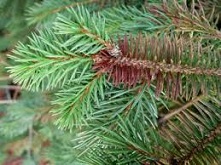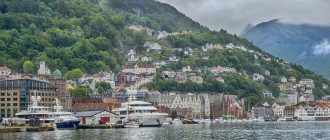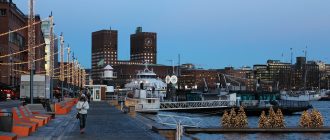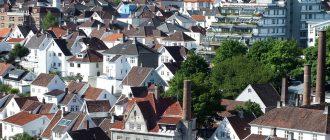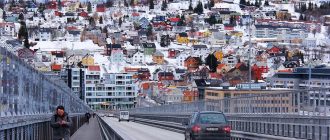The Norway Spruce is susceptible to many diseases. For more information on prevention and care read our guide for the facts…
While Norway spruce trees are hardy in most areas of the United States, there are diseases which can infect even healthy trees. Proper care can help avoid diseases or help gardeners spot them before they spread. If one tree becomes infected, nearby trees are also at risk. There are two primary diseases which infect Norway spruce.
Cytospora Canker Disease
Cytospora canker disease is caused by a fungus and most often appears on the trunk or branches of the tree. Symptoms usually include orange or rusty brown spots on the surface of the trunk or larger branches. There may also be pimple like bumps which seep liquid or sap. Cytospora canker does not immediately affect the foliage of the tree.
Rhiosphaera Needle Cast
In this disease, the foliage of the tree is where symptoms appear. The Norway spruce is an evergreen and color changes should not occur in the foliage. With rhiosphaera needle cast, the needles may turn a deep purple red or brown in early autumn. Needles may also be shed leaving some branches bare. Evergreens do not shed needles in autumn, so gardeners show check shedding trees for disease.
Spruce Needle Rust
While more common in the Colorado blue spruce, the white spruce and the black spruce, needle rust does occasionally infect the Norway spruce. The needle rust disease is caused by a fungus and unlike rhiosphaera needle cast and cytospora canker disease, it rarely results in more than cosmetic damage. The needles at the branch tips turn yellow and pale orange or white tubes appear on the needles which are infected. Needle rust only spends half its life on spruce trees and then finds an alternate host tree.
Treatment of Norway Spruce Diseases
Norway spruce face little risk from insects, but browsing animals may damage branches or trunks. Treatment of damaged areas of bark with a fungicide can help prevent these fungal diseases. Prevention is the best medicine, and arborists recommend that needles not be allowed to remain wet. Sprinklers should be directed away from Norway spruce trees and over watering should be avoided. Like most fungi, these diseases require moisture to thrive.
Gardeners or landscapers who have a diseased Norway spruce, should contact an arborist for assistance in diagnosing the disease and treatment advice. There are a few other diseases which are rare but may occur in Norway spruce. Even though these trees are insect resistant, some pests may infect a weakened tree or a young tree. Proper care and watering can help avoid diseases in these normally hardy trees.

